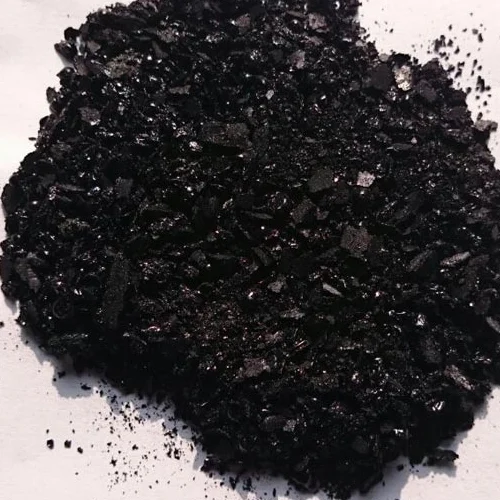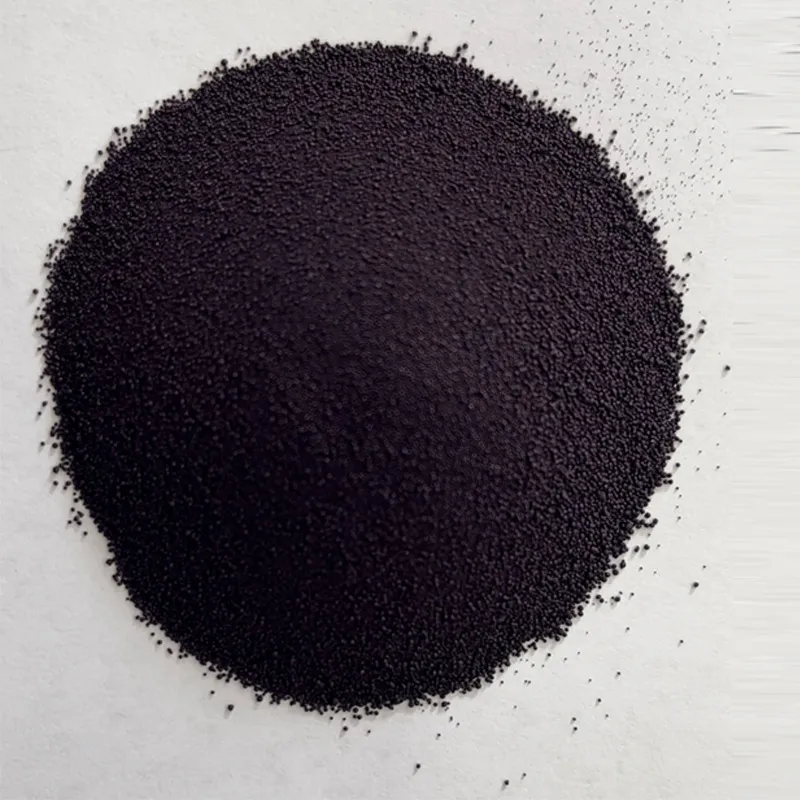sulphur black


The authority on sulphur dyeing is often established through a robust understanding of its application varieties and limitations. For instance, Sulphur Black is not suitable for all fibers; synthetic materials often require alternative dyeing techniques. This knowledge solidifies the professional's capability to provide innovative solutions tailored to specific textile needs, making them an invaluable asset in the textile production process. Trust in Sulphur Black is built on a legacy of results and innovations. Despite its robust properties, there have been challenges, such as the ability to maintain sulfur compounds post-dyeing. However, ongoing research and development continue to address these issues, ensuring the dye's reliability and safety. Manufacturers who maintain transparency about sourcing and employing rigorous quality control further enhance trust among stakeholders. For textile businesses eyeing efficient and sustainable production methods, integrating Sulphur Black into their processes signifies a blend of tradition and modernity. Its adaptability for diverse dyeing techniques—from continuous to batch dyeing—demonstrates its versatility, accommodating varying production scales and styles. Those who leverage this flexibility position themselves at the forefront of adaptive manufacturing in a rapidly transforming industry. In conclusion, Sulphur Black remains an irreplaceable dye with a rich history and promising future. Its relevance persists through its balance of economic, environmental, and quality benefits. Industry professionals who embrace this dye not only align with current sustainability trends but also contribute to pioneering efforts in environmentally responsible textile dyeing. As they do so, they reinforce a foundation of experience, expertise, authority, and trustworthiness, ensuring their practices and products meet the highest standards of excellence.
-
Thermal Stability Analysis of Bromo Indigo Pigments
NewsJun.06,2025
-
Sulphur Black Dye Oxidation Process Optimization
NewsJun.06,2025
-
Lightfastness Testing of Bromo Indigo Dyed Denim
NewsJun.06,2025
-
Granule Size Distribution and Jeans Color Uniformity
NewsJun.06,2025
-
Gradient Dyeing Methods with Indigo Blue Granules
NewsJun.06,2025
-
Dyeing Temperature Effects on Sulphur Black Color Fastness
NewsJun.06,2025
-
Sulphur Black Dyes in Daily Use
NewsMay.07,2025

Sulphur Black
1.Name: sulphur black; Sulfur Black; Sulphur Black 1;
2.Structure formula:
3.Molecule formula: C6H4N2O5
4.CAS No.: 1326-82-5
5.HS code: 32041911
6.Product specification:Appearance:black phosphorus flakes; black liquid

Bromo Indigo; Vat Bromo-Indigo; C.I.Vat Blue 5
1.Name: Bromo indigo; Vat bromo-indigo; C.I.Vat blue 5;
2.Structure formula:
3.Molecule formula: C16H6Br4N2O2
4.CAS No.: 2475-31-2
5.HS code: 3204151000 6.Major usage and instruction: Be mainly used to dye cotton fabrics.

Indigo Blue Vat Blue
1.Name: indigo blue,vat blue 1,
2.Structure formula:
3.Molecule formula: C16H10N2O2
4.. CAS No.: 482-89-3
5.Molecule weight: 262.62
6.HS code: 3204151000
7.Major usage and instruction: Be mainly used to dye cotton fabrics.

